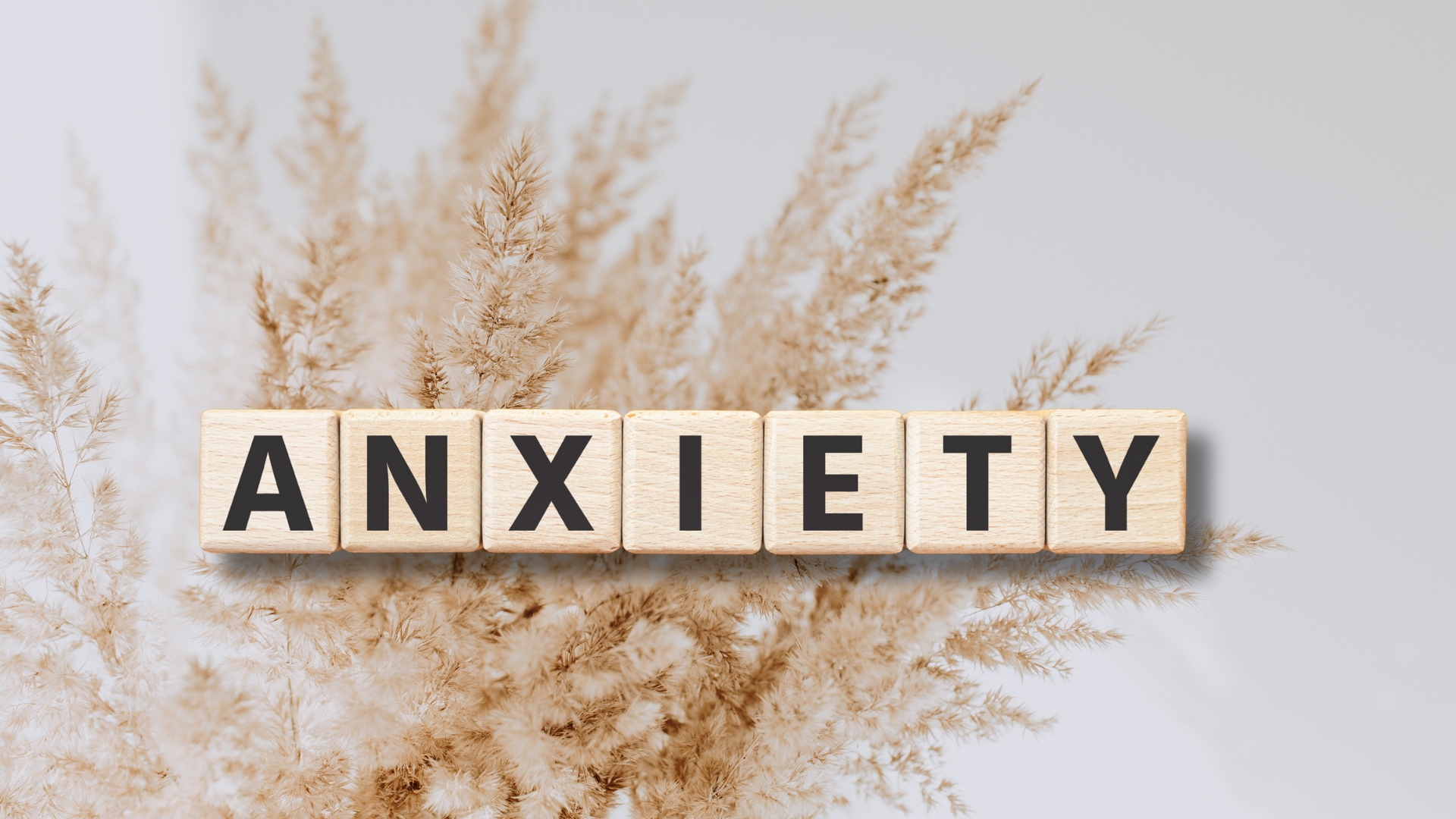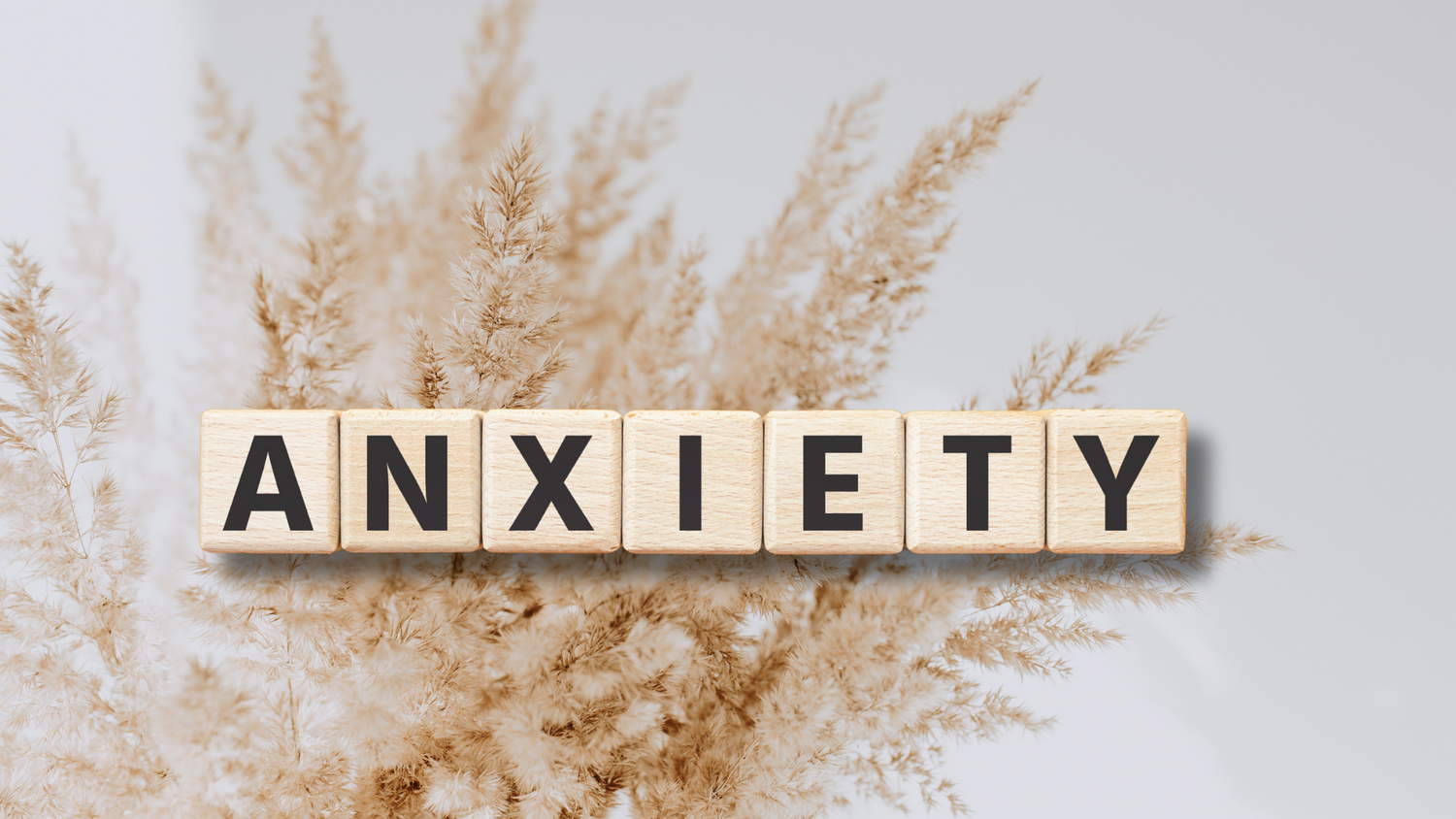Been feeling more anxious lately? Us too. Perimenopause often brings a myriad of changes for women, and one lesser-discussed challenge that arises is anxiety. For some women, this is the first time they've ever encountered such feelings, while others may experience an intensification of already present anxiety symptoms. Let's delve into why this happens, how it might manifest, and ways to navigate it.
Oestrogen Fluctuations and Its Influence on Mood
Oestrogen, one of the primary female sex hormones, plays a pivotal role in regulating mood. Its impact on mood can be illustrated during various phases of a woman's life:
- Menstrual Cycle: Many women report mood changes, like irritability or emotional sensitivity, particularly in the premenstrual phase. These variations are, in part, due to fluctuations in oestrogen levels.
- Perimenopause and Menopause: As women approach menopause, oestrogen levels can become erratic before significantly dropping. This decline is a reason why some women experience mood swings, depression, anxiety, and other mood disturbances during perimenopause and post-menopause.
- Postpartum Period: Post-childbirth, oestrogen levels plummet dramatically. This can contribute to the 'baby blues' or, in more severe instances, postpartum depression.
Manifestations of Perimenopause Anxiety
While the experiences can be diverse, some common ways perimenopause anxiety might surface include:
- Increased worry or obsessive thoughts
- Physical symptoms like palpitations, trembling, or gastrointestinal issues
- New or intensified phobias
- Panic attacks: These are intense episodes of fear that may include palpitations, sweating, shaking, shortness of breath, numbness, or a feeling that something terrible is about to happen.
- Avoidance behavior: Avoiding certain situations or places due to fear of experiencing anxiety or panic attacks.
Managing Perimenopause Anxiety
- Medical Intervention: For some, hormone replacement therapy (HRT) can be beneficial. It involves taking synthetic hormones to balance out declining oestrogen levels.
- Therapy: Cognitive-behavioral therapy (CBT) can offer tools and strategies to cope with anxiety. This approach helps individuals recognize and change negative thought patterns and behaviors that contribute to anxious feelings.
- Lifestyle Changes: Incorporating regular exercise, maintaining a balanced diet, getting adequate sleep, and managing stress can significantly reduce anxiety levels.
- Natural Remedies: Various herbs have shown promise in easing anxiety symptoms. Ashwagandha, an adaptogenic herb, is known to reduce cortisol levels and alleviate stress, while Passionflower offers calming effects beneficial for generalized anxiety. Lavender, used both in aromatherapy and oral preparations, has recognized anxiolytic properties. Lemon Balm promotes relaxation by possibly influencing neurotransmitter GABA. Rhodiola Rosea has been studied for its potential to combat stress and anxiety, especially in burnout situations. Lastly, Chamomile possesses compounds that help in mitigating anxiety symptoms, making it a popular choice for relaxation.
Understanding and acknowledging the link between perimenopause and anxiety is the first step towards managing it. Before embarking on any treatment path, whether it's lifestyle changes, herbs, or medical interventions, it's always wise to consult with your doctor. With the right support and informed choices, women can effectively address and manage these challenges.





